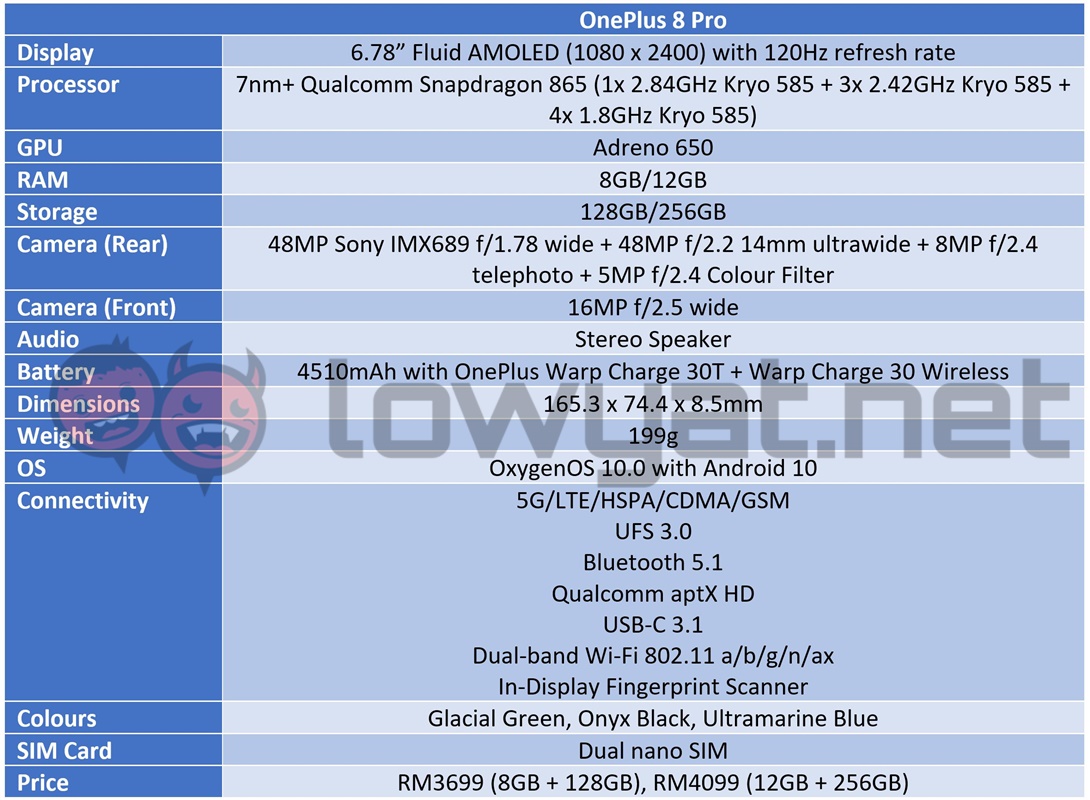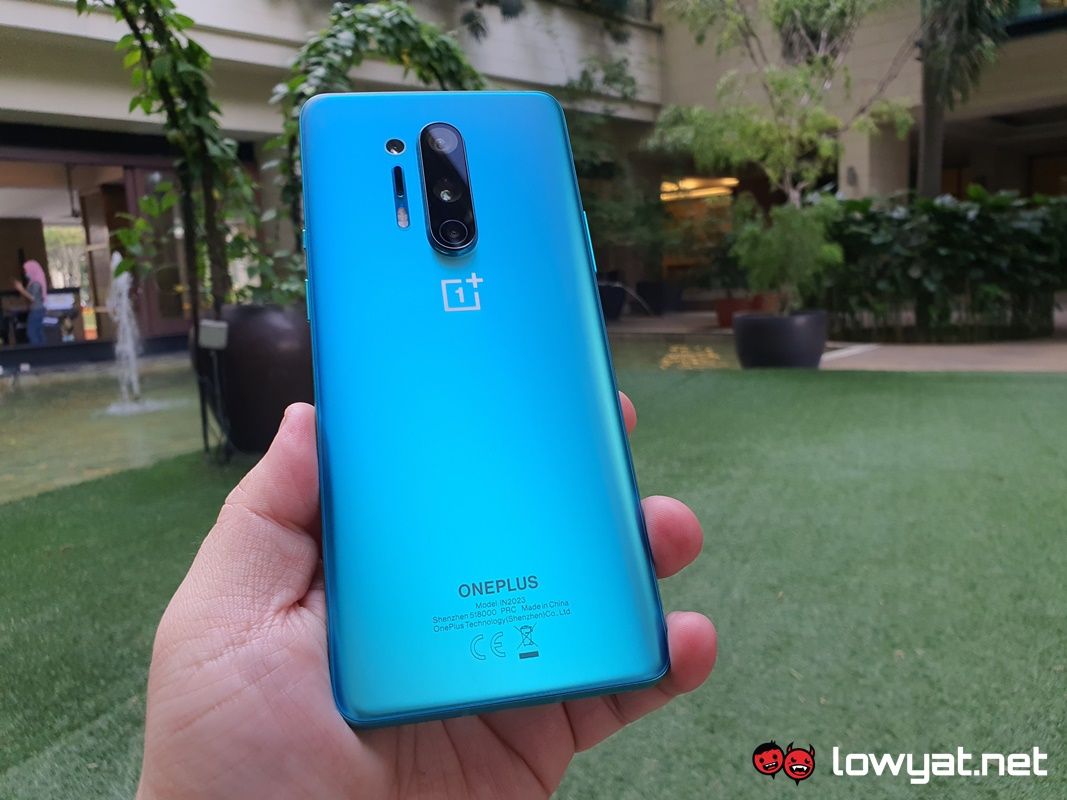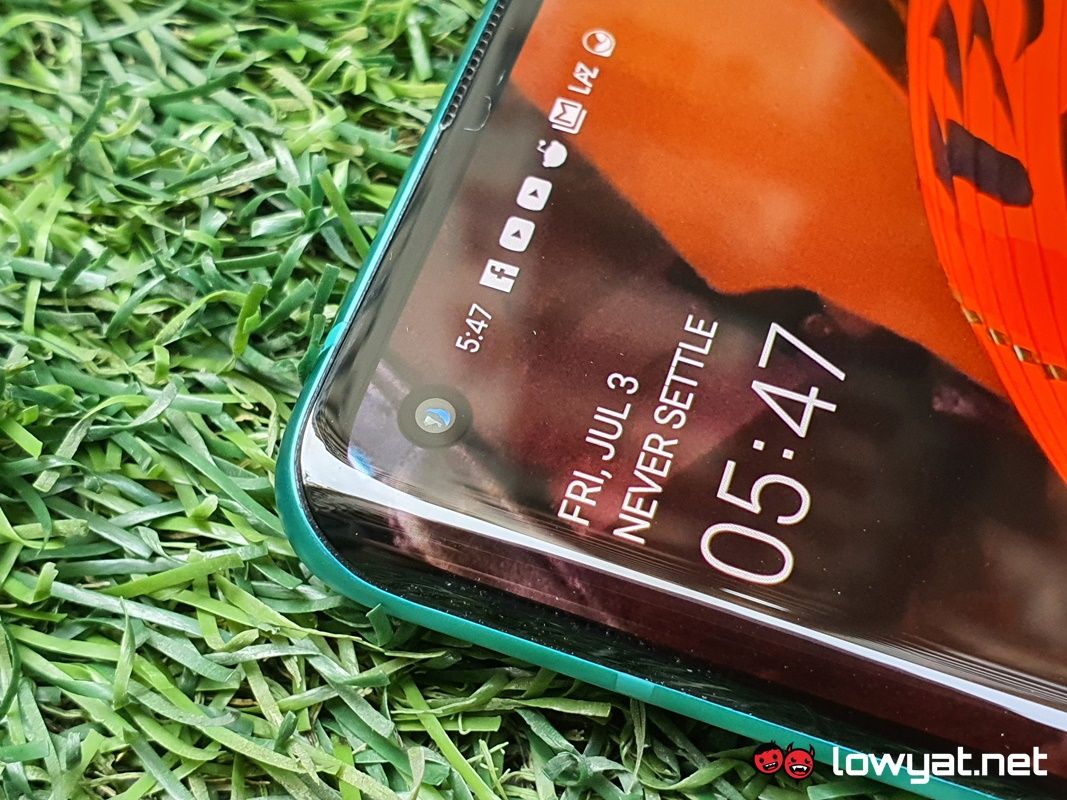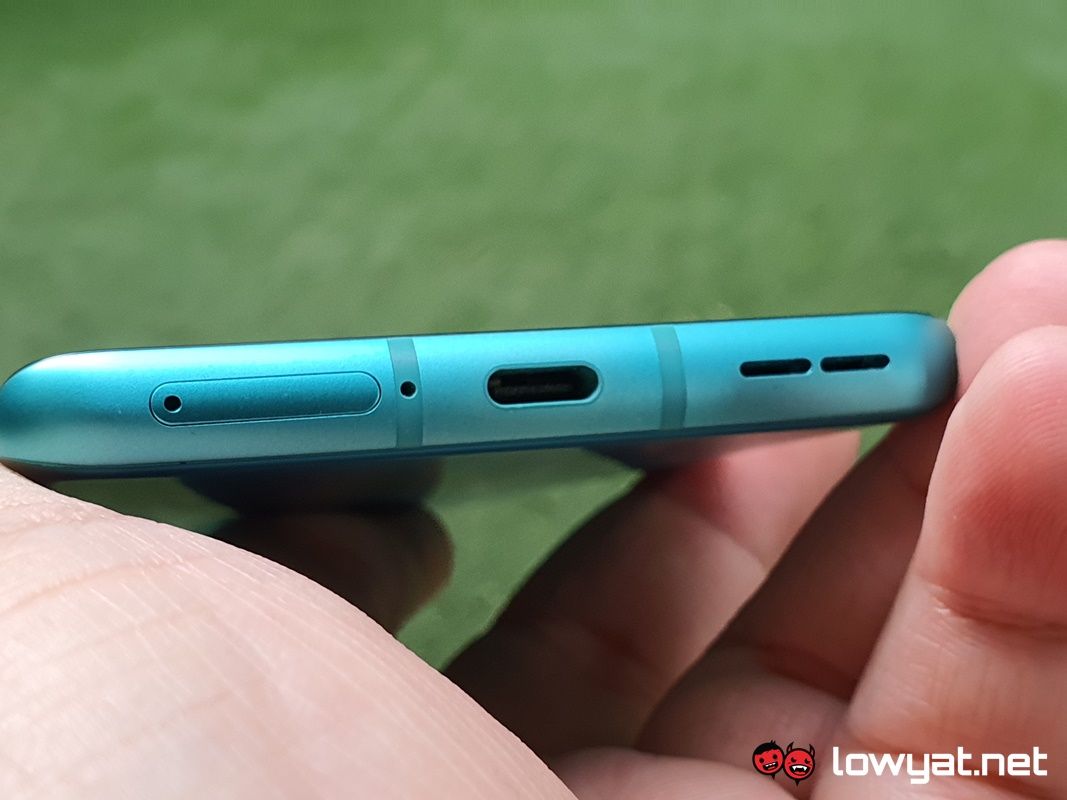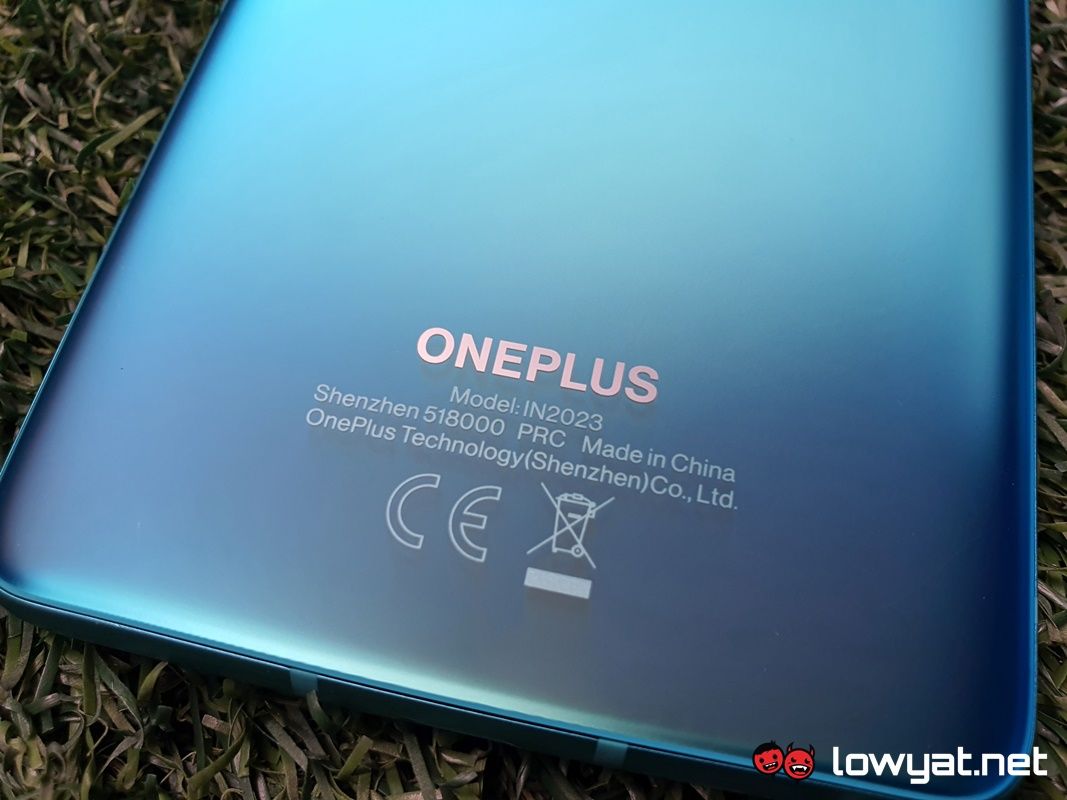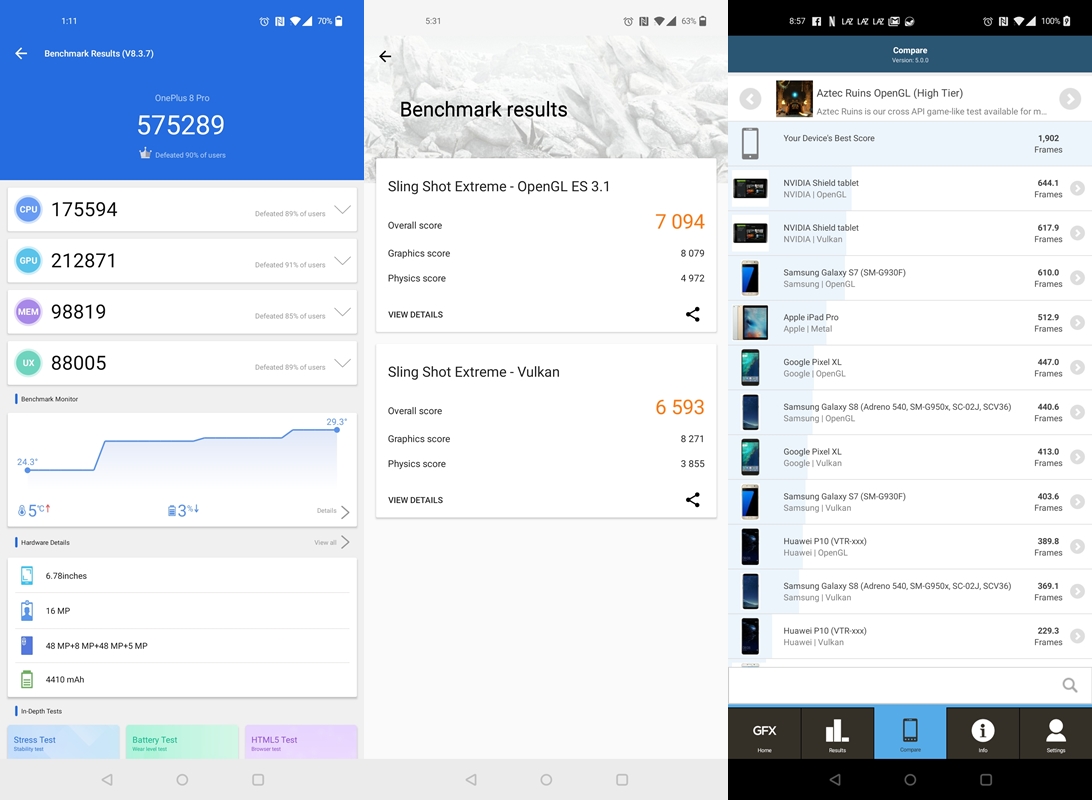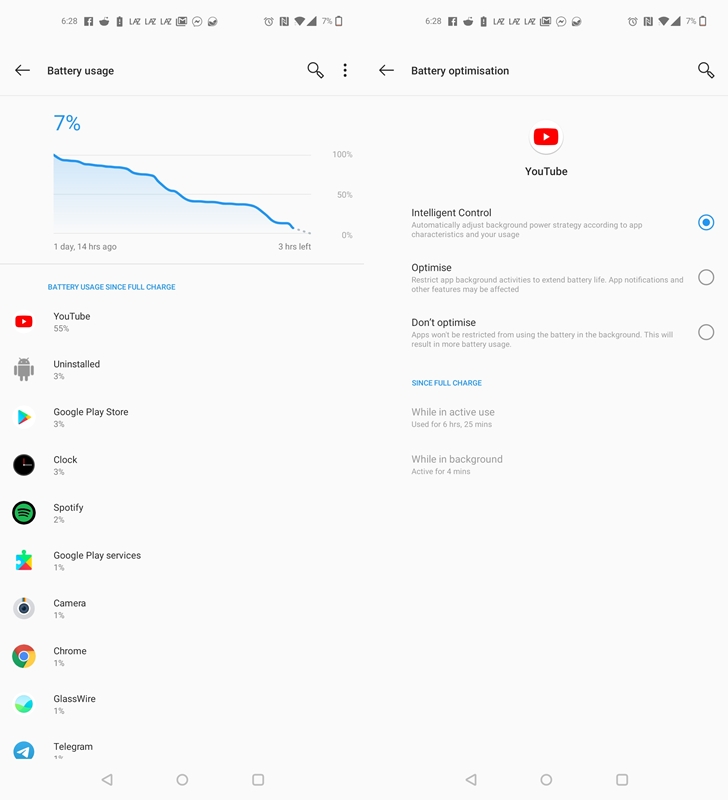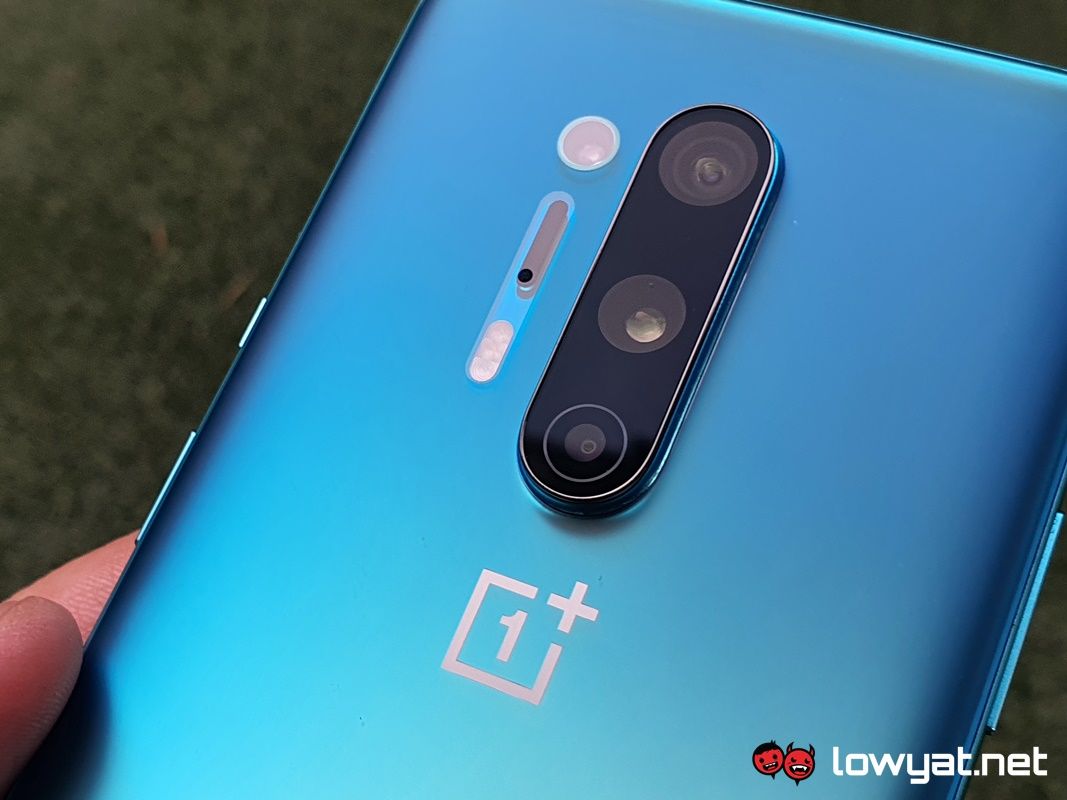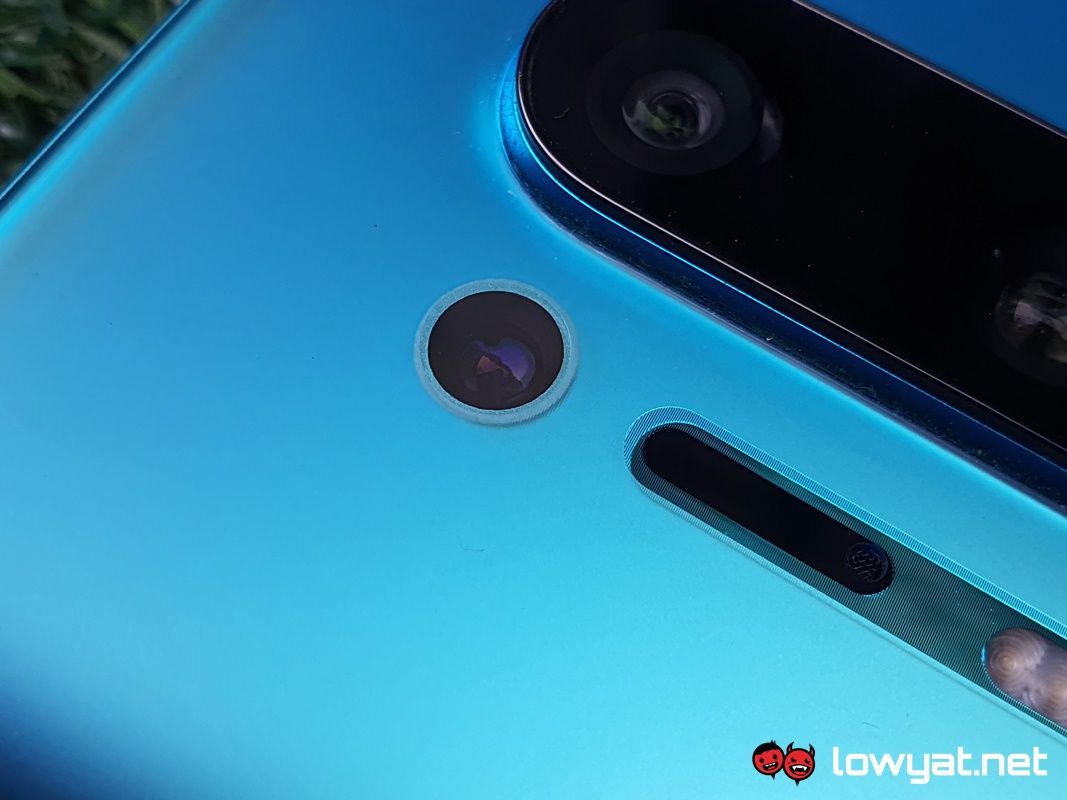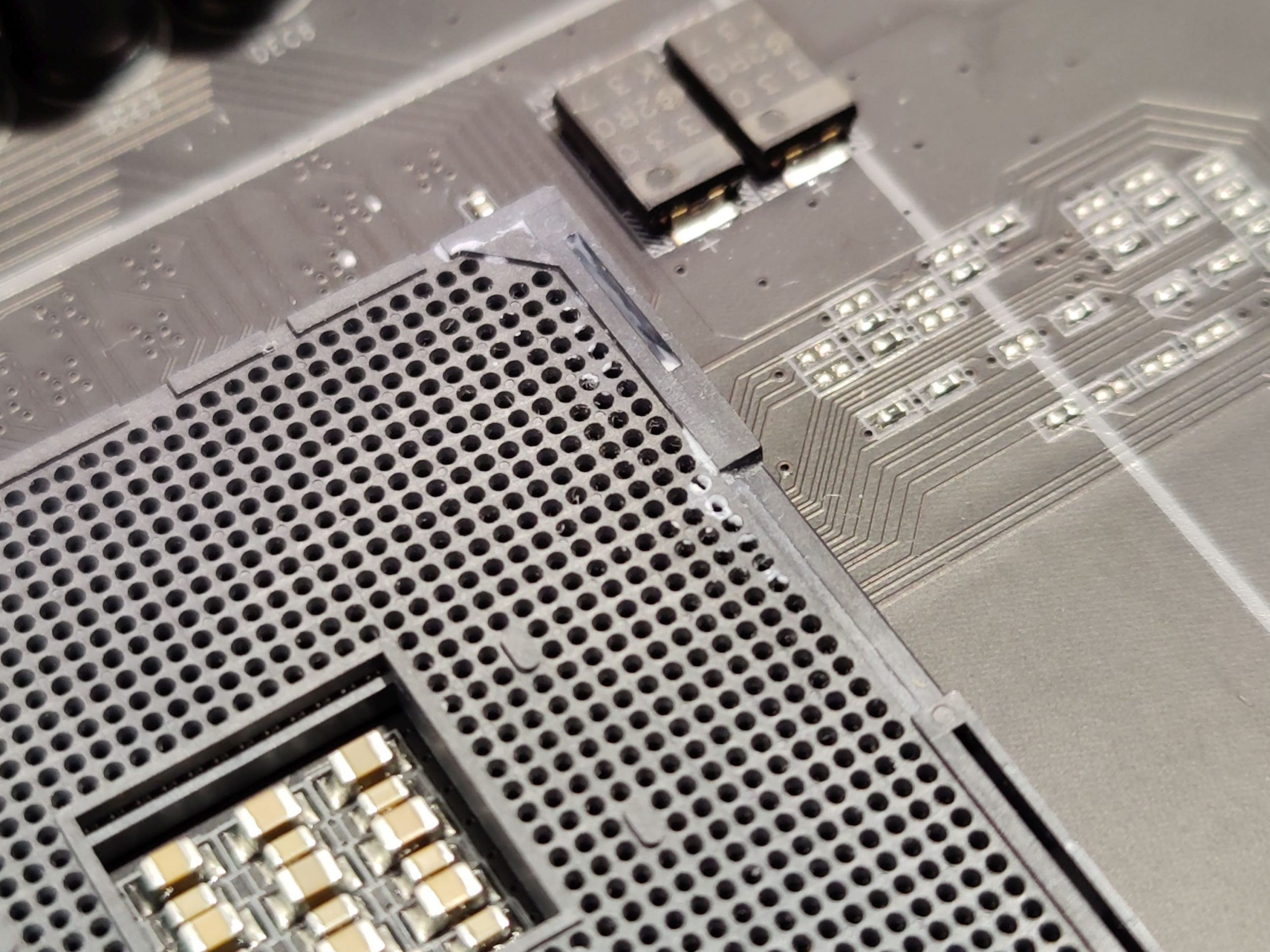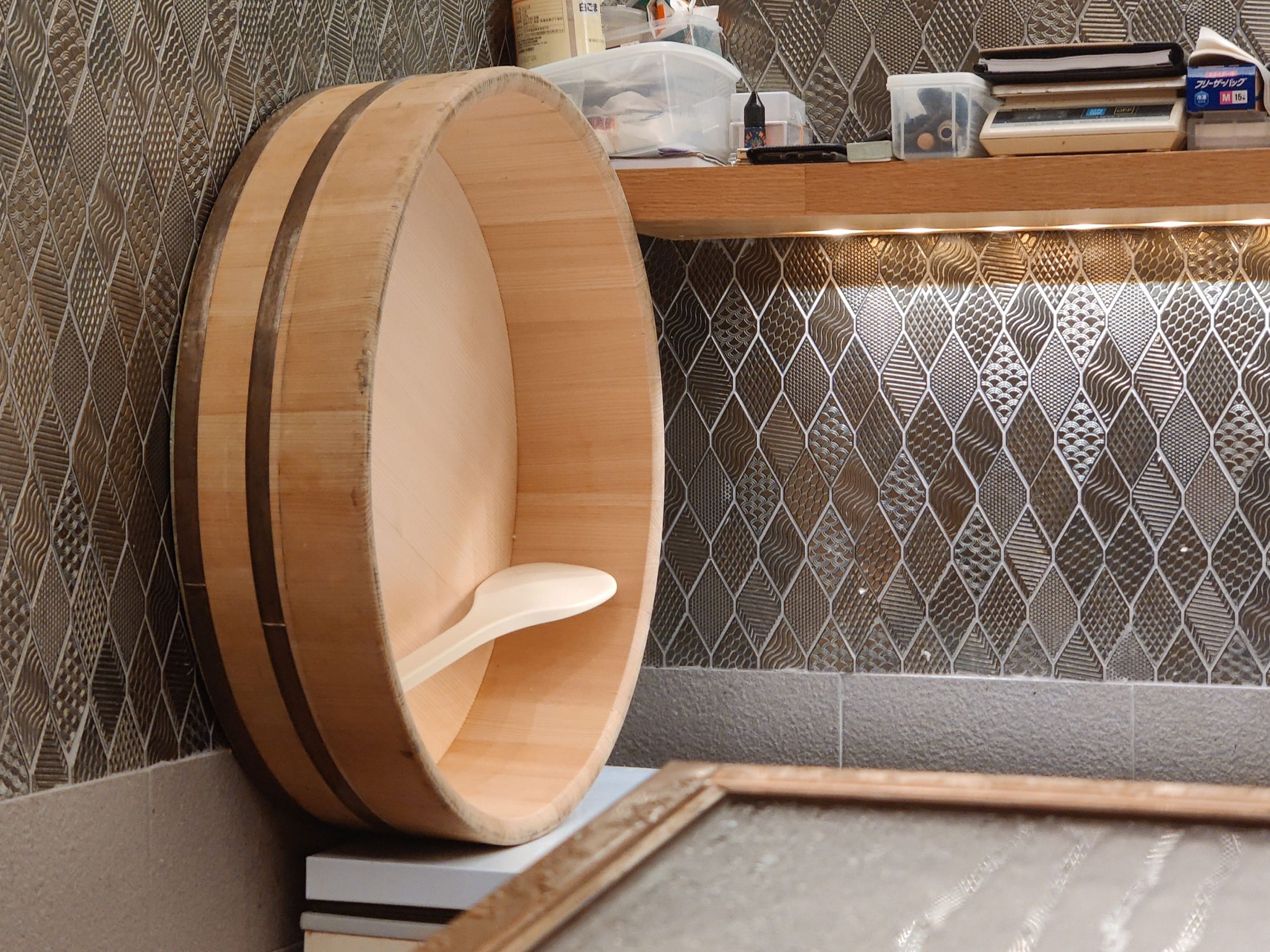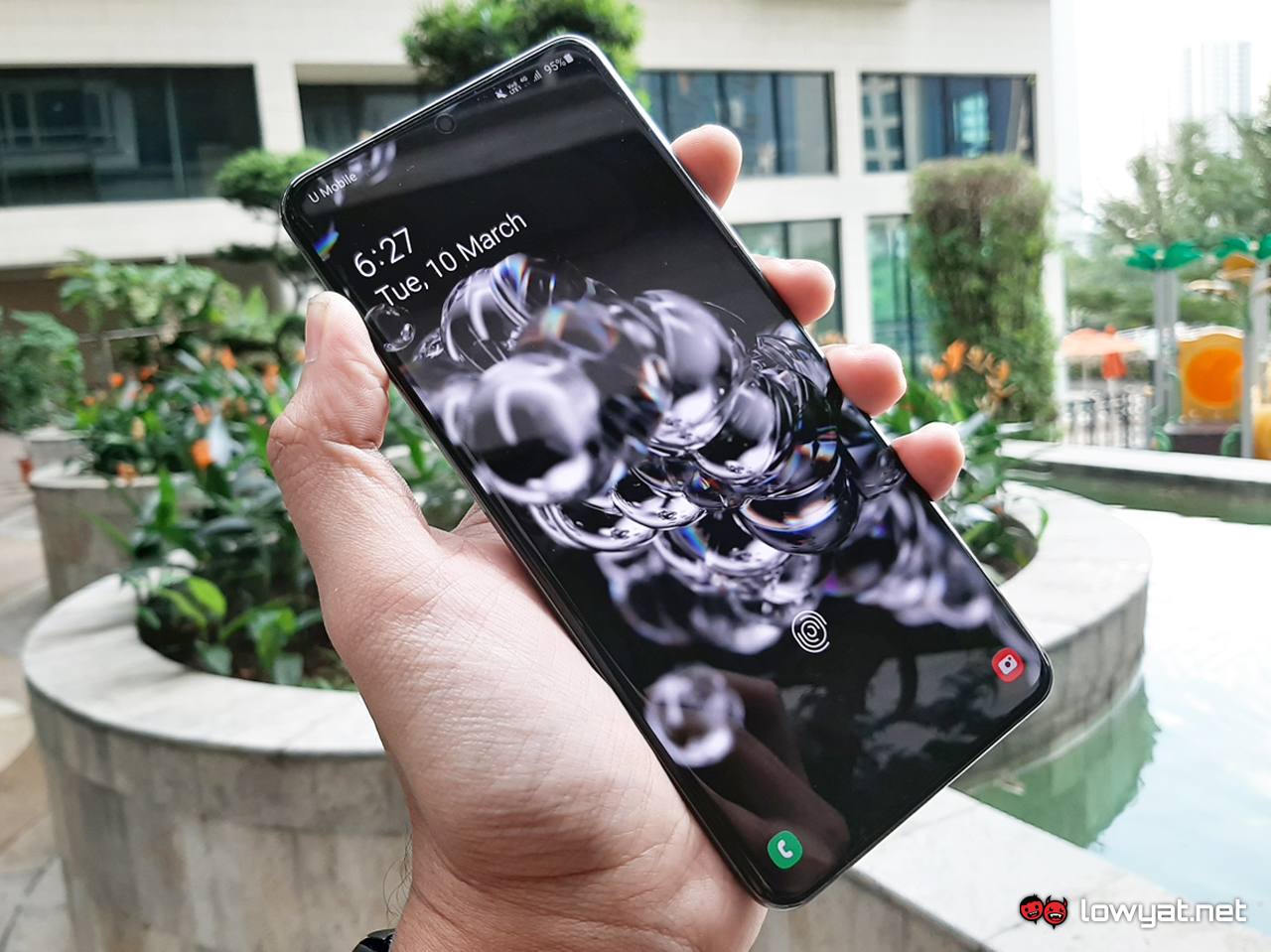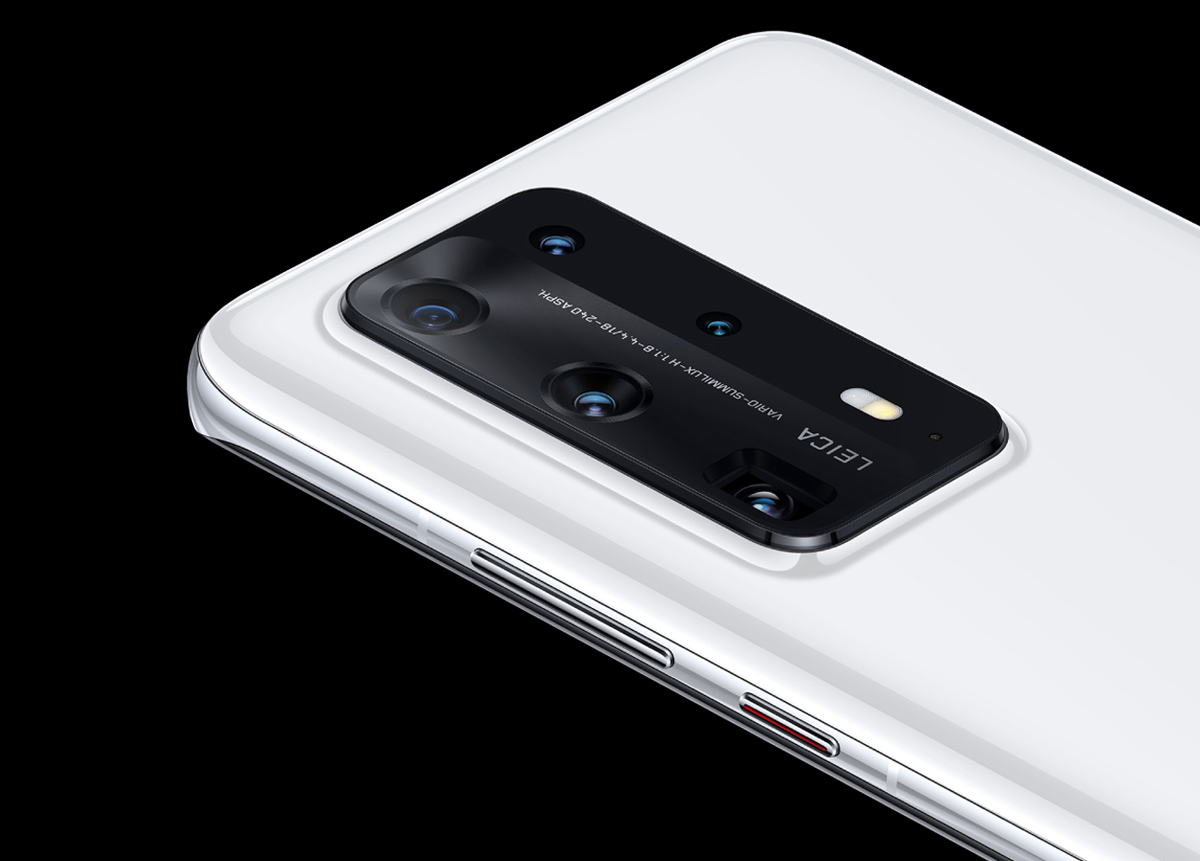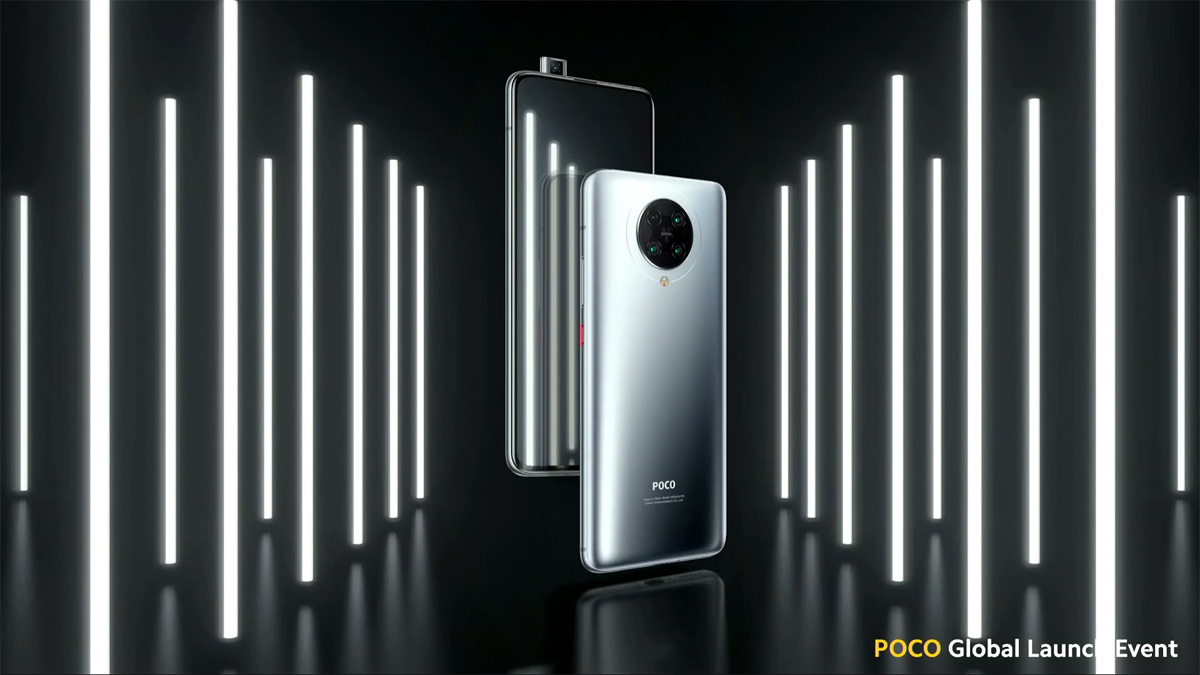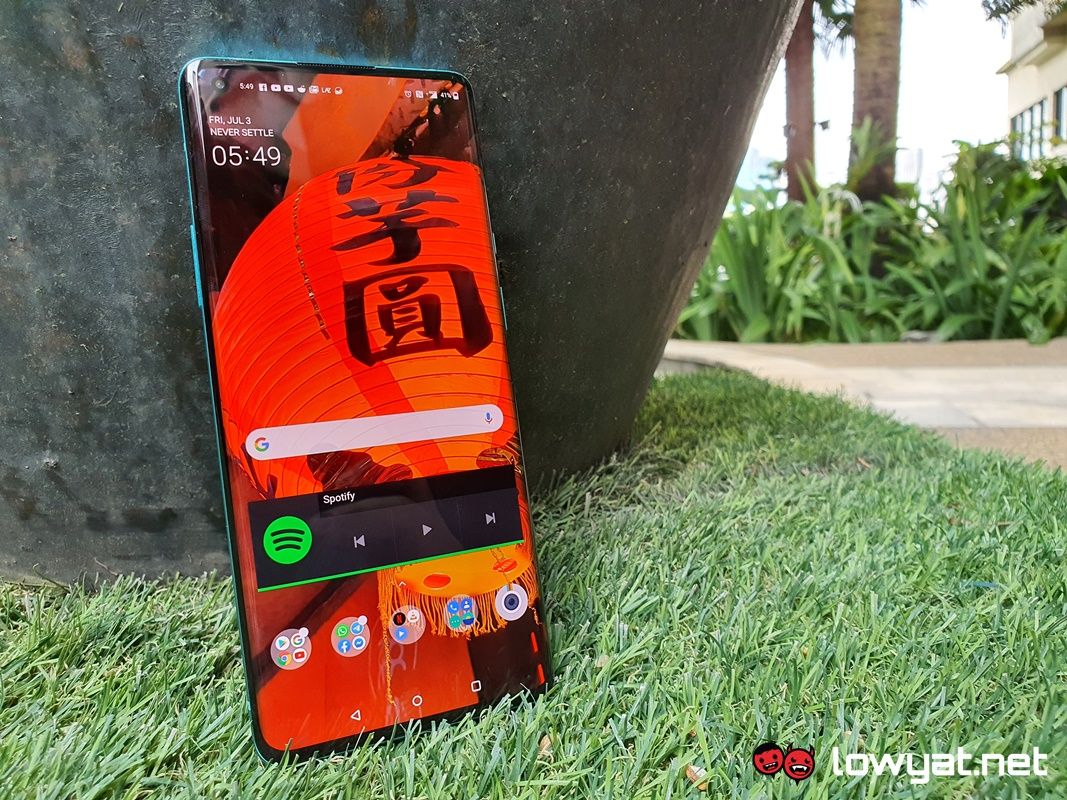From its gorgeous display with its ultra-high refresh rate right down to its highly capable main camera, we’ll be taking a look at what makes the OnePlus 8 Pro the high-end device that it is.
Specifications
Naturally, there are a couple of differences between the OnePlus 8 Pro and its non-Pro sibling. Its display is slightly bigger and longer at 6.78-inches with its 120Hz refresh rate gives its an edge against its sibling, no questions asked. There’s also the phone’s quad-camera main array, and more to the point, the dual 48MP combination that makes up the bulk of the module. To that end, it’s also one of the only smartphones to actually utilise the Sony IMX689 48MP sensor to what amounts to an absolutely enjoyable camera experience. But more on that later.
Design
As I mentioned in my review of the OnePlus 8, aesthetics and groundbreaking design isn’t usually a prerequisite when someone makes if they’re looking to get the OnePlus 8 Pro. Besides the three eye-catching colours it comes with, you would easily glance over this phone in a crowd and not give it a second thought. And you’d be forgiven for that. After all, the main reason anyone would get this phone is, as I made mention at the start of this article, for the pure, unbridled power that is Qualcomm’s Snapdragon 865 SoC and that equally ridiculous amount of RAM that is helping the system along.
Bigger display but not unwieldy or cumbersome.
One would believe that having a phone with a bigger display would make a phone a little more difficult to handle, but not so with the OnePlus 8 Pro. Despite being only slightly larger than the non-Pro variant, it’s actually a little bit longer than it is wider. Of course, the length is nowhere near to Sony’s currently Xperia 1 smartphone series; wielding the phone is effortless and even with stubby fingers like mine, I’m still able to comfortably wield it with one hand. At this point, I should mention that like the non-Pro variant, the OnePlus 8 Pro’s packaging should be bundled together with the same big box – the original box contained the sandstone and nylon casings and tasteful artbook – but in my case, the unit I was handed simply came with just the phone and its accessories. Including the brand’s Warp Charge 30 wall charger and USB-C cable.
Apart from those points, its slightly larger frame, and the fact that it has four cameras instead of three, the OnePlus 8 Pro’s design is identical to the OnePlus 8 in almost very aspect. Right down to the off-centre positioning of its side-aligned selfie camera; again, I am perfectly capable of living with that one minute detail, but that doesn’t change the fact that I still take issue with OnePlus’ decision to position the camera in such a manner.
User Experience
Because of OnePlus’ decision to forego the motorised pop-up selfie camera, I can confidently tell you that the OnePlus 8 Pro is far lighter than its predecessor. When put away in my pocket, it doesn’t drag my pants down with its weight and when it is in my hands, it fits snugly in my hands. It’s a minor detail, granted, but it’s a detail that I appreciate due to personal use of smartphones.
Smooth 120Hz scrolling is smooth.
Then there’s the phone’s 120Hz display. In the past, I gushed about the 90Hz refresh rate on the OnePlus 7 Pro’s and OnePlus 8’s display and how smooth the scrolling process felt, even to the touch. Because my main device doesn’t have a high refresh rate, the difference between the two phone is like the sun and moon. Having said that, if you’re upgrading to the OnePlus 8 Pro from a device that had a higher-than-average refresh rate, it’s likely that you won’t be able to notice the difference. Moving on, the performance of the Snapdragon 865 is as you can imagine. Everything, both on a physical and software level, feels fast and responsive. Apps load up instantaneously, as is switching between them. Even the security features are snappy; facial recognition takes less than a second to scan my face and unlock my phone, while the in-display fingerprint scanner is just a quick too.
Flagship-class performance, courtesy of the Snapdragon 865.
Because both the OnePlus 8 and OnePlus 8 Pro are using the same Snapdragon 865 chipset, I won’t spend too much time in this portion of the review. The processor is, beyond a shadow of a doubt, an absolute beast, both in the synthetic benchmarks and in real-world performance. Never skipping a beat whenever and wherever it’s needed.
On a side note, I would also argue that the OnePlus 8 Pro’s use of LPDDR5 RAM is a contributing factor to the phone’s lightning speed and blistering performance as well. Of course, side by side with its smaller sibling – the OnePlus 8 uses LPDDR4X – you’d be hard press to notice the difference in performance, not unless you’re paying very close attention it.
Very, very impressive legs on the battery.
Let’s move on to the battery life and performance of the OnePlus 8 Pro. The phone houses a larger 4510mAh battery and boy, does it have some legs. On a full charge and as my daily driver, the phone was on the fringes of the 3-day before ultimately calling out to a charger.
While streaming Netflix and YouTube video continuously and with the brightness set at 50%, I get up to 13 hours of playback before the phone ultimately runs out of juice.
Camera
But the biggest, if not the greatest asset of the OnePlus 8 Pro isn’t its 120Hz display or the Snapdragon 865 housed inside of it; that honour, in my opinion, goes to its main quad-camera module that houses not one, but two 48MP sensors. Once again, the camera software on the OnePlus 8 pro is the same as the one found on the OnePlus 8, and is just as simple and intuitive. You still only get a choice of shooting between 12MP and 48MP, and yes, the software still curtly educates you about the difference between the two resolutions.
Hands down, one of the best smartphone cameras I have used to date.
Shooting in 12MP produces images with brighter and punchier colour and better dynamic range, while shooting in with the 48MP retains more details, but with a significantly narrower dynamic range.
On that note, one of the major difference between the 48MP option on both OnePlus 8 series devices is that with the OnePlus 8 Pro, you can actually take ultra-wide shots. To that end, the phone has a maximum optical zoom of 3x, which is decent, but definitely not the longest optical zoom distance we’ve seen on a smartphone. Then there’s the macro camera mode on the phone that, in my opinion, is quite possibly the best features of the camera. Prior to the updates, you’d have to manually turn it on before you can get in close. After the most recent updates, though, the feature automatically comes the very minute the camera detects the sensors are being brought up close to a subject.
But that’s not even the best part of it. What is amazing, if not astonishing, is just how clear and how much detail the camera’s macro mode is able to retain and show in a final image. In a well-lit environment, noise levels are kept to a minimal and image sharpness is still retained, even when you zoom into the image.
Having said that, I should point out that the camera system of the OnePlus 8 Pro isn’t without its flaws. Chief among which is its autofocus; at random times, the camera would have difficulty finding a focal point and the only solution to that is by pulling it away and resetting its position. That same problem also applies to the macro camera mode.
Sample Images
Competition
Of course, if you’re in the market for a powerful smartphone with a big display and equally large price tag, you’re definitely spoilt for choice. To that end, we’ve listed a few phones that I believe to be viable alternatives to the OnePlus 8 Pro.
Samsung Galaxy S20 Ultra
Samsung’s top-of-the-range Galaxy S20 Ultra is undoubtedly a contender, its ongoing camera woes notwithstanding. Specs-wise, the phone runs on Samsung’s own Exynos 990 7nm SoC, 12GB RAM and 5000mAh battery. It’s main camera uses a quad-sensor setup, comprising a 108MP main, a 48MP periscope sensor, a 12MP ultrawide, and a 0.3MP TOF. As for its display, the panel measures in at 6.9-inches with variable refresh rates of 120Hz at Full HD and 60Hz at QHD. Price-wise, the phone costs RM4999.
Huawei P40 Pro+
First announced in February this year at Barcelona, Spain, The P40 Pro+ is Huawei’s top-tier variant of its P40 smartphone series and for good reason. To start, the P40 Pro+’s main camera uses a penta-camera setup comprising a 50MP Ultra Vision Wide, a 40MP Ultra Wide Cine sensor, an 8MP telephoto with 10x optical zoom – a feature that is available on no other smartphone on the current market, a secondary 8MP telephoto with 3x optical zoom, and a TOF depth sensor. Powering the phone is Huawei’s own Kirin 990 5G SoC, 8GB RAM, and a 4200mAh battery. For its display, the P40 Pro+ sports a 6.58-inch Quad Curve OLED display with a native resolution of 2640 x 1200 pixels and 90Hz refresh rate. Price-wise, the phone retails at an SRP of RM4999, but as you can already guess, the phone’s biggest issue is its lack of Google Mobile Services (GMS). Brought about by the executive order signed in by the US’ Trump administration last year.
Xiaomi Poco F2 Pro
Yes, Xiaomi’s Poco F2 Pro has made it on this list of alternative flagship and there aren’t any surprises as to why. Dubbed the “flagship killer” of high-end smartphone for this year, the Poco F2 Pro is fitted with Qualcomm’s Snapdragon 865 SoC, up to 8GB LPDDR5 RAM, and maximum internal storage of 256GB. It’s main camera system one extra sensor over the OnePlus 8; it comprises a 64MP Sony IMX686 main, a 13MP ultra-wide, 5MP telemacro, and a 2MP depth sensor Around the front, the Poco F2’s 6.67-inch Full HD+ display only has a refresh rate of 60Hz, but Xiaomi has bumped up the touch sampling rate to 180Hz. Oh, and it’s also 5G-ready. Price-wise, the phone starts off at RM2199 for the 6GB+128GB variant, while the 8GB+256GB variant sells at an SRP of RM2599.
Conclusion
It’s hard to deny the allure of the OnePlus 8 Pro. At RM3699 for the base model and RM4099 for the highest specced version, it’s not the cheapest flagship device on the market by any measure of the term. But considering the hardware on it, the experience offered by OxygenOS, and comparing it to the competition, I believe those prices are worth paying for.
The OnePlus 8 Pro’s main camera makes the phone a worthwhile investment.
The main camera of the OnePlus 8 Pro, especially, is also very clearly the star of the show. Compared to the OnePlus 8, it’s more intuitive, quick to the task, and overall more fun to play with. I lost count over how many times I was getting up close and personal with a subject, be it the cat you see in the sample images, or even someone’s food. All because of the phone’s macro mode. To reiterate what has already been said: everything – the chipset, the display, and the battery life – make the OnePlus 8 Pro deserving of the “flagship” status, and also worth owning. On top of that, the main camera’s use and application of a dual 48MP sensor in its module are the best I have ever experienced, thus far.
